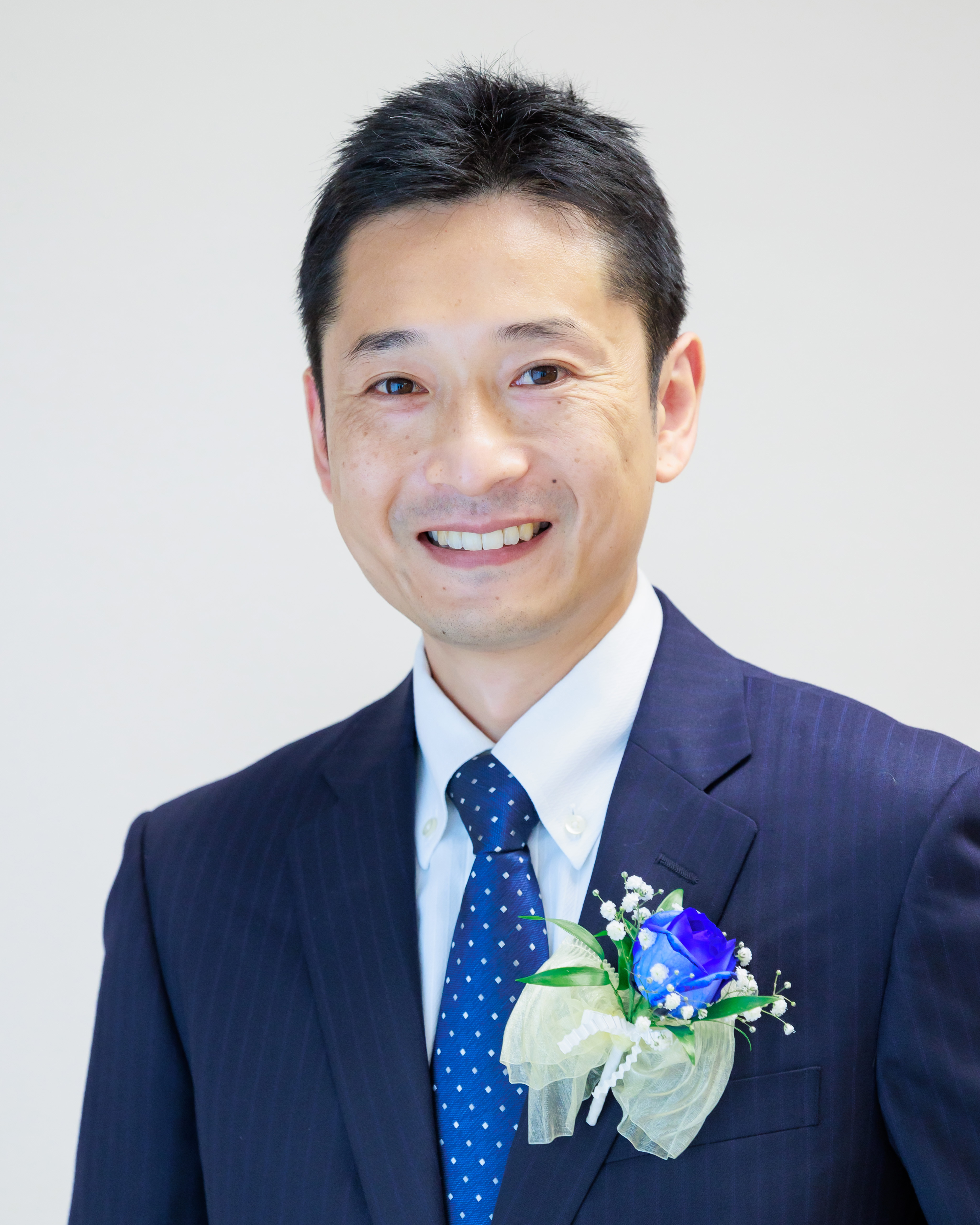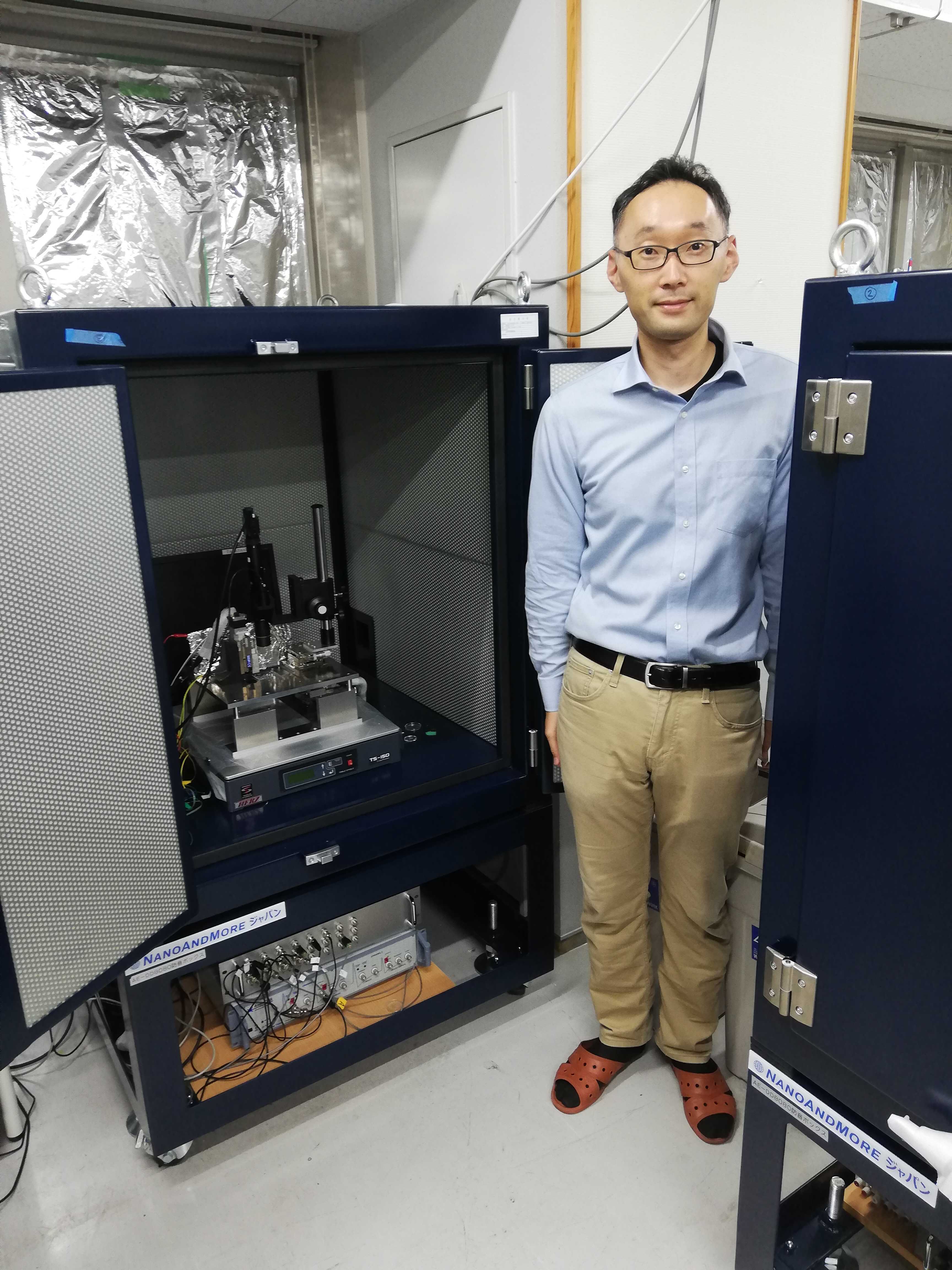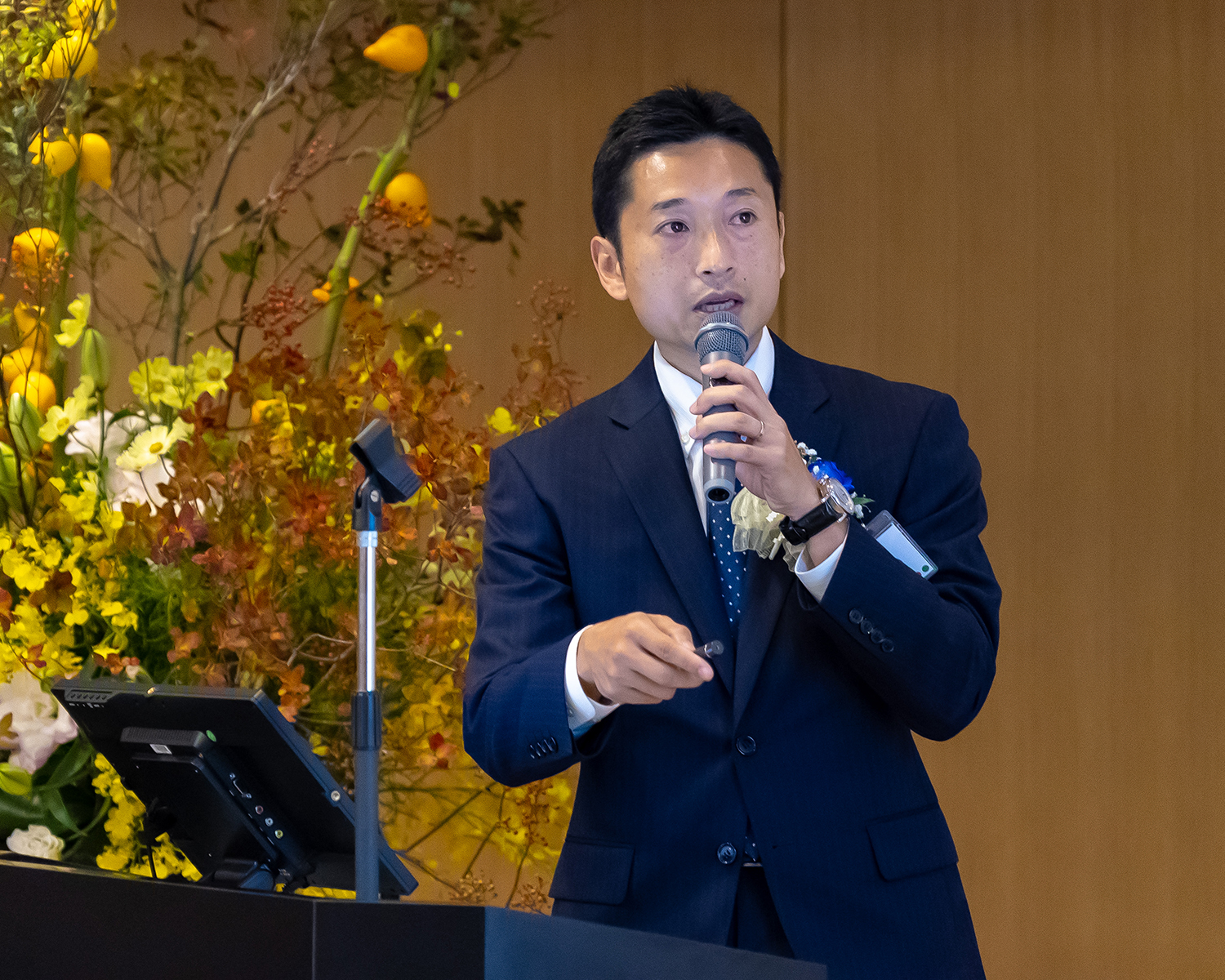Development of scanning electrochemical cell microscopy for real space catalytic imaging

Dr. Yasufumi Takahashi
Professor
Department of Electronics, Graduate School of Engineering,
Nagoya University
*The organization and the title are those when awarded
Research summary
With increasing demand for hydrogen in recent years, catalysts have been developed to efficiently
produce hydrogen instead of expensive precious metals such as platinum. Molybdenum disulfide (MoS2),
which is noted as one of the catalysts, is known to be an excellent catalyst for hydrogen generation by
making it a nanosheet for one layer of atoms. Further enhancement of the catalytic capacity of MoS2
requires understanding of what structure of the catalyst contributes to its activity, but the
limitations of resolution in conventional Scanning Electrochemical Microscopy have not led to a detailed
understanding of the principles that improve the catalytic capacity.
Dr. Takahashi has succeeded in developing the Scanning Electrochemical Cell Microscopy (SECCM), which
has greatly improved the resolution from the previous tens of μm to 20 to 50 nm: the world's highest
resolution, as an ideal evaluation device for understanding phenomena. In addition, the structure of
MoS2 has been elucidated by visualizing (electrochemical imaging) the catalytic active site using SECCM.
Since the SECCM can also be used to modify the catalyst, identify degraded sites, and evaluate catalysts other than the hydrogen generation reaction, it can be applied to various research projects such as photocatalysts and power storage materials, and will contribute to energy-related research in the future.
Since the SECCM can also be used to modify the catalyst, identify degraded sites, and evaluate catalysts other than the hydrogen generation reaction, it can be applied to various research projects such as photocatalysts and power storage materials, and will contribute to energy-related research in the future.






